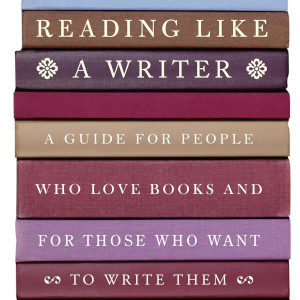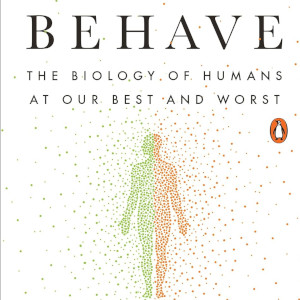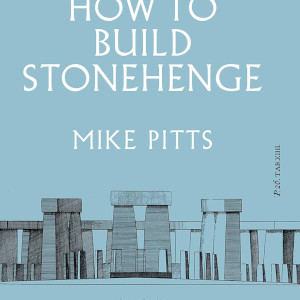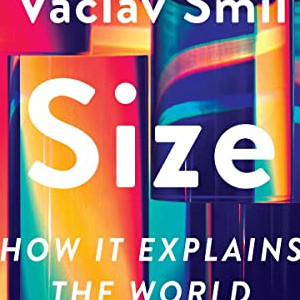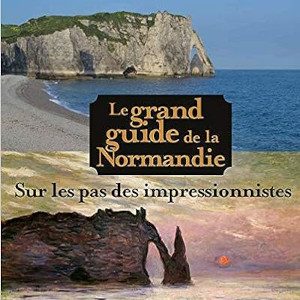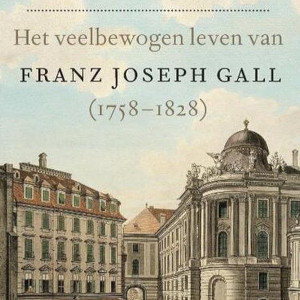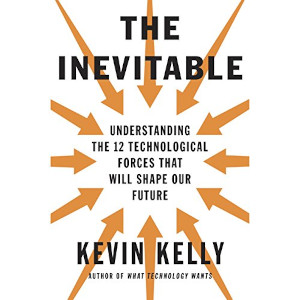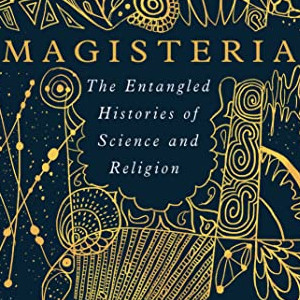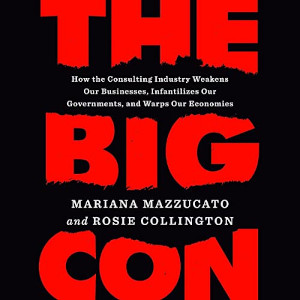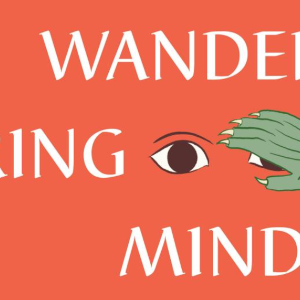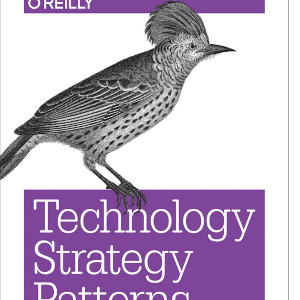Even if multiple views are presented, Elon’s perspective gets most airtime and the final word; which makes the book read like a hagiography.
Recent posts
For every writing-fiction-rule you can come up with, there is a brilliant Chekhov story that disproves it
Reading like a writer – Francine Prose
Lot of examples of great prose, but too few examples of bad writing.
Trust is context dependent

It’s always tricky… claiming to be comprehensive. In particular where it concerns LLMs.
And that;s where the paper Decoding Trust [..] stumbles. Right in the title is claims “A Comprehensive Assessment of Trustworthiness in GPT.” Nonetheless, when reading about this research on one of my favorite blogs, I decided to have a closer look.
The authors propose a framework with eight perspectives on trustworthiness:
- Toxicity
- Stereotype bias
- Adversarial robustness
- Out-of-distribution robustness
- Robustness to adversarial demonstrations
- Privacy
- Machine ethics
- Fairness
They then continue to develop that into a benchmark for GPT models and present the empirical results on GPT-3.5 and GPT-4.
Although the results are interesting, there are some concerns with this type of benchmark approach.
- The framework in nowhere near “comprehensive”. For example: it does not include factual correctness (which I would posit as a a prerequisite for trust); nor does is test for being politically opinionated (which I would say is highly relevant).
- The choice of benchmark prompts is in nature never neutral, and should be made dependent on the context in which the LLM is applied.
- As with any public benchmark, its value will diminish over time as the prompts and desired responses will become part of the training of next generation LLMs.
On the positive side, the paper brings a lot of inspiration for organizations for how they can shape their own testing approach for trustworthy GenAI. Even if not comprehensive, a framework like this as a starting point is massively useful and important.
The relationship between biological make-up and human behavior is governed by complex interaction effects
The author set out on a daunting program with impressive results in a fascinating domain.
We tend to underestimate the capabilities of our neolithic ancestors in the domains of engineering and social organization
Mike Pitts – How to build Stonehenge
The book reads as a detective, exploring what we know and what we can reasonably conjecture about the creation of Stonehenge based on the archeological record and examples from indigenous civilizations.
Gothic architecture brought major innovations in the construction of cathedrals, using the frame (rather than the walls) to support the weight
Malcolm Hislop – How to build a cathedral
Fascinating in the thorough treatment of technical details of architecture and construction.
The impact of scaling on the functioning of biological and technical systems is profound
The book continues to drift between wonder about the world and weakly motivated bias towards human scale, which is a pity because it cites some elegant analyses.
Normandy is the place to be for any painter with a fascination for light
Claire Maingon and Hélène Rochette – Le grand guide de la Normandie (in French)
Charming take on a tourist guide, revisiting the favorite spots of impressionist painters to recreate their magic.
Through an anthropological lens, the English can be characterized as a withdrawn, class-conscious, ironic, understatement-loving and uptight tribe, whose members loosen up only in the pub
Kate Fox – Watching the English
Light read with amusing observation, stretched out over slightly more pages than necessary to convey the message.
Waking up

Great to see journalists initiating change in their own organization.
- Fri Aug 25: Guardian journalist Ariel B. reports that other news media have started blocking GPTbot. The subtly note in his article: “The Guardian’s robot.txt file does not disallow GPTBot.” (Version Sept 3, 2023)
- Fri Sept 1: Guardian leadership has taken notice and blocks GPTbot – as reported here.
As I have noted earlier, data access is a major topic when it comes to achieving a healthy power balance in the information space here and here. Glad to see more and more companies take this seriously.
Personally, I currently see little incentives for companies, organization, or individuals to allow their data to be crawled by for profit.
Phrenology started out as an honest attempt to study the brain scientifically, but evolved away from the scientific method and was put to despicable uses
Theo Mulder – De hersenverzamelaar (The brain collector, read in Dutch)
The book is mostly written from the historical perspective free from contemporary judgements, which allows the writer to tell a nuanced story on a sensitive topic.
There are no less than 12 primary imperatives that explain how the evolution of technology creates economical, cultural, and social value
A brave attempt to put up a framework for assessing technological innovations, that is rich of ideas, which are in many cases [in 2023] still relevant (e.g. Cognifying in the light of GenAI), but sometimes feel out-dated (e.g. Sharing is a post-truth world).
The histories of science and religion are intricately entangled and the conflict between the two is over-emphasized
The author underplays the role of religious power structures in suppressing novel scientific ideas that go against traditionalist dogmas, which makes the book read more like a christian apology than a balanced historical narrative.
The Mediterranean has been the pivotal connection between great European, North African, and Asian cultures and economies
David Abulafia – The great sea
The best parts are the details (e.g. on laws governing responsibilities at sea in medieval times), but these facts buried in a thorough, impressively complete historical overview.
AI commitments and gaps
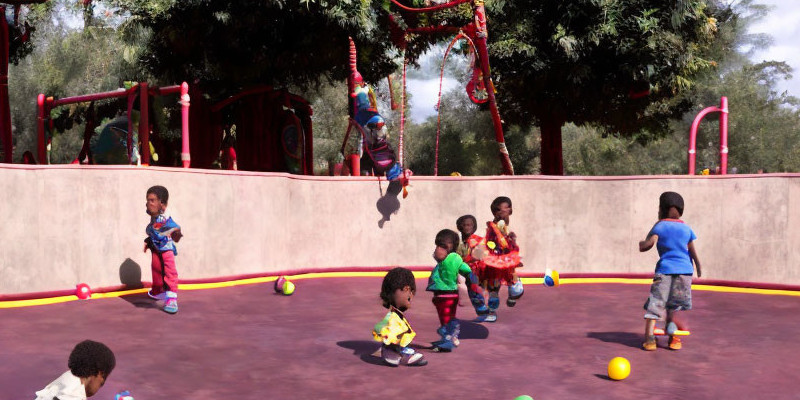
U.S. president Bidenś recently announced AI commitments agreed by US government with Amazon, Anthropic, Google, Inflection, Meta, Microsoft, and OpenAI.
Fun fact: Meta unleashed its Llama2 (even though there are questions on its openness) just before committing to protecting proprietary and unreleased model weights.
In any case; the USA has a totally different approach from the EU with their AI Act. These commitments provide a great opportunity to do an early check on how self-regulation in AI could shape-up.
There are three observations that stand out.
Vagueness
It has already been observed that most of said ‘commitments’ made by big tech are vague, generally non-committal, or confirmation of current practices.
Considering the success of the EU in getting big tech to change (e.g. GDPR, USB-C) I am convinced that in tech, strong legislation does not stifle creativity and innovation; but fuels it.
Data void
There are also notable omissions. The one that sticks out for me is the lack of commitment with respect to training data. And that at a moment that legal cases over data theft and copyright infringement are popping up in various places. In that context, Getty Images hopes that training on licensed content will become a thing.
Admittedly, discussions on data ownership are super interesting. But full clarity on the data going into foundational models (and the policies around it) would also sharpen the extent to which data biases may put model fairness and ethics at risk.
Content validation
By far the most interesting commitment is around identification of AI-generated content:
“The companies commit to developing robust technical mechanisms to ensure that users know when content is AI generated, such as a watermarking system“
Considering the expected amount of generated content, I expect not watermarking of AI-generated content (the vast majority of future data volumes) will be problematic.
And it also addresses the problem from the wrong side. In the future, the question will not be “What is fake?”, but rather “What is real?”
This points in the direction of watermarking of human-produced content to be the way forward. Think of an NFT for every photo you make with your smartphone of digital camera. I didn´t hear Apple, Samsung, or Nikon about this yet. But I wouldn´t be surprised if we see announcements in the near future.
The telling statistics of Chat-GPT

This weekend I took Tarot as a little test case for the OpenAI API.
It turned into a quick lesson in how not to use Chat-GPT (in so many ways 🙂 ).
Fortune telling by ‘reading the cards’ seemed like a good use-case for generative AI: ChatGPT can draw random cards and explain their meaning in the convincing tone of a Tarot Zealot.
I had to tweak the prompt a bit when Chat-GPT explained in a condesending tone that it was an AI and could not actually ‘draw cards’. But after that, the whole fortune telling business could be swiftly disrupted in a few lines of code.
For example:
Card 1 is 'The Wheel of Fortune'
Card 2 is 'The Moon'
Card 3 is 'The Star'
Wait one minute for your fortune teller to give her explanation.
She has to align with higher powers on the interpretation of these cards...
Hear your fortune:
Ah, my dear client, what an interesting trio of cards you have drawn! The Wheel
of Fortune represents life's constant changes and cycles, indicating that a
major turning point is approaching. The Moon signifies a time of uncertainty,
where emotions and intuition guide your path. However, fear not, for The Star
brings hope and inspiration, shining light on your journey. This whimsical
combination suggests that you should prepare for unexpected shifts, trust your
instincts, and stay optimistic, as ultimately, a bright and promising future
lies ahead. Remember, my friend, laughter is the best crystal ball gazer!But after trying my “Tarbot” a couple of times, an odd pattern emerged: most of the ‘random’ cards were from the major arcana. That is a special category of 22 of the 78 Tarot cards that is considered more interesting, deep, and complex by Tarot aficionados.
In a longer experiment, I got to no less than 76% major arcana. A true random draw whould have resulted in c. 28%.
Ouch! How is that for a bias towards what seems interesting?
Various scandals illustrate the despicable role that big consultancies play in the global capitalist system, while they try to reap benefits of their worthless services by applying dubious marketing and sales tactics
Mariana Mazzucato and Rosie Collington – The big con
The book paints a naive caricature of the consulting industry, downplays the role and responsibility of other actors and, unfortunately, lacks a realistic alternative for flexibly solving skill and capacity deficits (especially in the public sector); thereby undermining any justified concerns.
There are many documented anecdotes illustrating that Medieval monks were only human and struggled with focus and concentration
Jamie Kreiner – The wandering mind
The book loses a lot of specificity and power due to the suppression of differences in denomination and gender and even more because the writer does not really seem to have a clear point to make.
To counter the Big Evil of the New York Times you should put the truth on the blockchain ledger and solve world politics through technology
Balaji Srinivasan – The Network state
Some fair nuggets of socio-economical diagnosis mixed with personal pet-peeves and drained in a techno-utopian rant.
Classical strategy consulting ploys translate seamlessly to the language of IT architecture
Eben Hewitt – Technology Strategy Patterns
The ‘cookbook’ approach does a lot to demystify Strategy and Architecture, while the digressions into philosophy make the relatively basic content also palatable for the advanced reader.


